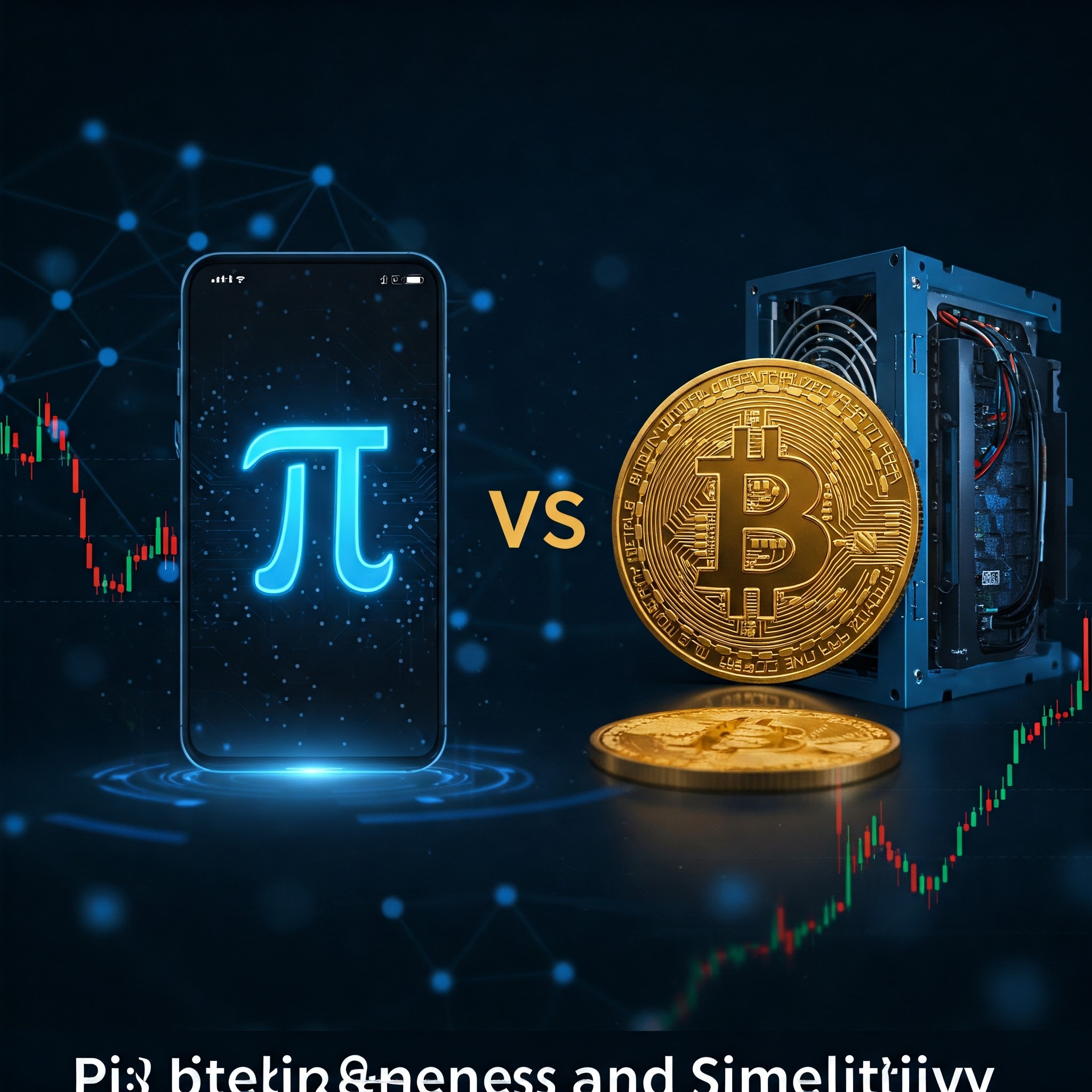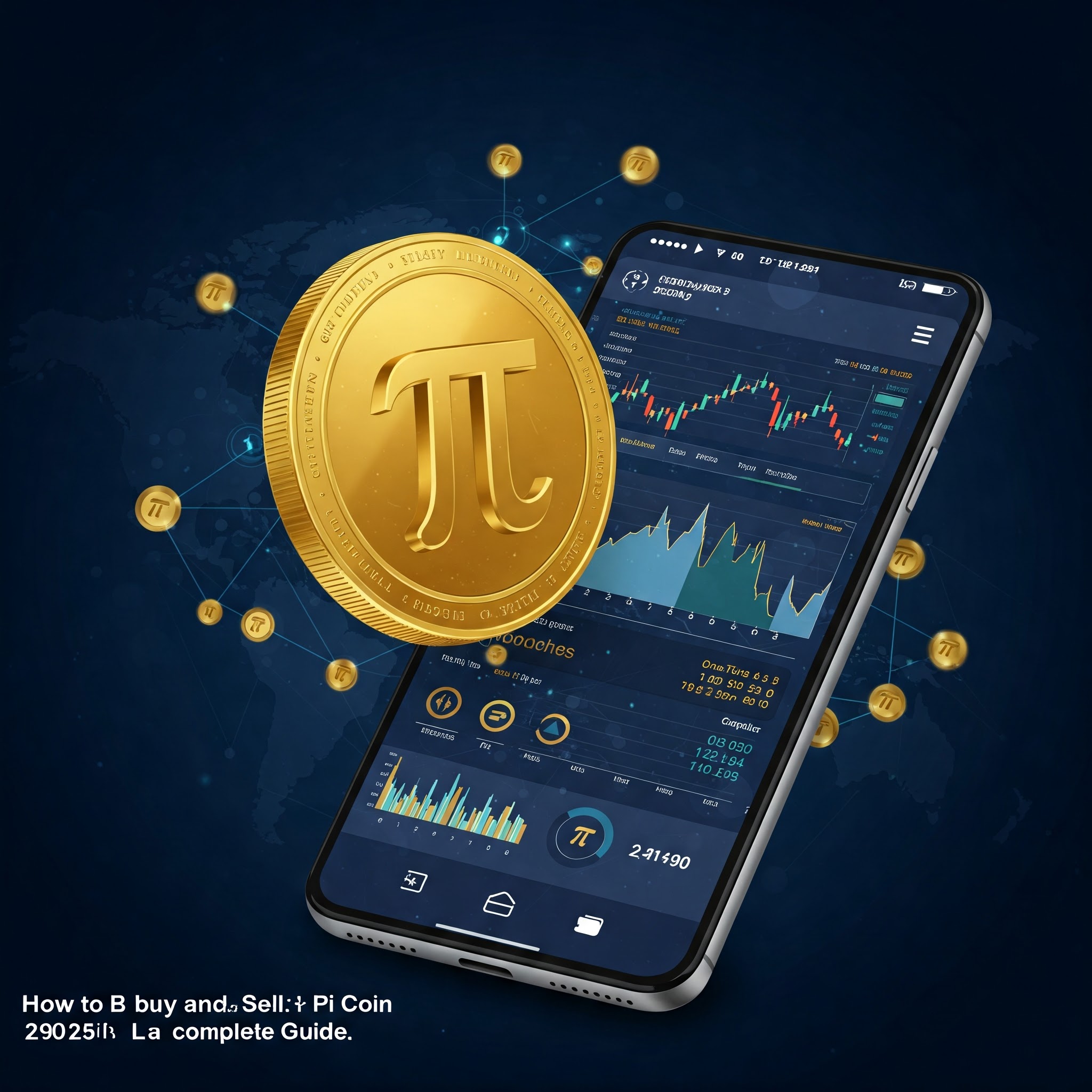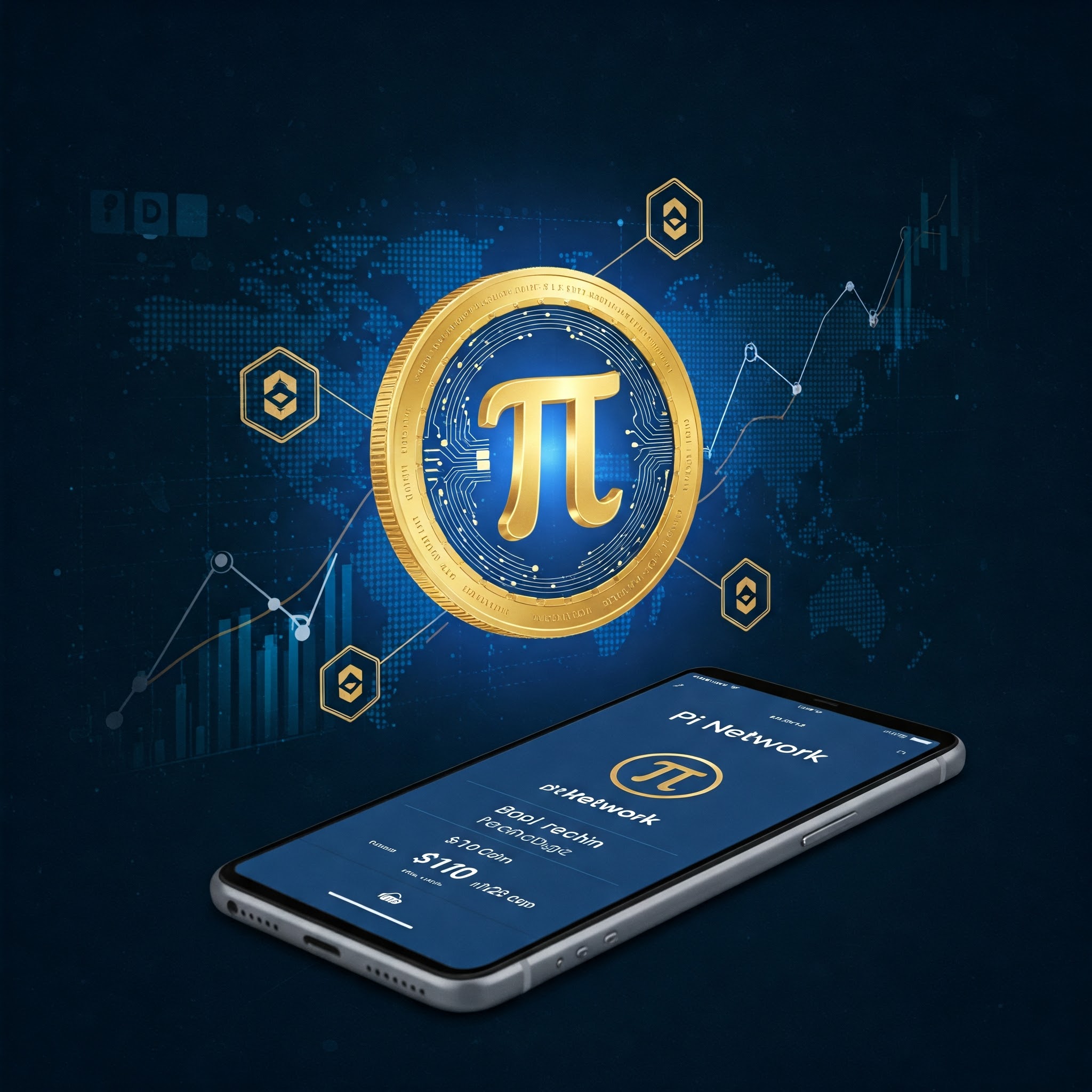Bitcoin, the first and most well-known cryptocurrency, revolutionized the financial world by introducing decentralized digital currency. On the other hand, Pi Network is a newer project that aims to make cryptocurrency mining accessible to everyone through mobile devices. While both are cryptocurrencies, they differ significantly in their approach, technology, and goals. In this article, we’ll explore the key differences and similarities between Pi Network and Bitcoin to help you understand their unique features and potential.
Table of Contents
- Introduction to Bitcoin and Pi Network
- Key Differences Between Pi Network and Bitcoin
- Mining Process
- Technology and Consensus Mechanism
- Accessibility and User Base
- Energy Consumption
- Current Status and Adoption
- Key Similarities Between Pi Network and Bitcoin
- Decentralization
- Blockchain Technology
- Limited Supply
- Community-Driven
- Pi Network vs. Bitcoin: A Comparative Analysis
- Which One is Better?
- Conclusion
- FAQs
1. Introduction to Bitcoin and Pi Network
Bitcoin
- Launch Year: 2009
- Founder: Satoshi Nakamoto (pseudonymous)
- Purpose: A decentralized digital currency for peer-to-peer transactions.
- Key Features: Limited supply (21 million coins), proof-of-work (PoW) consensus, high energy consumption.
Pi Network
- Launch Year: 2019
- Founders: Dr. Nicolas Kokkalis and Dr. Chengdiao Fan (Stanford graduates)
- Purpose: To create a decentralized cryptocurrency that is accessible to everyone through mobile mining.
- Key Features: Mobile mining, Stellar Consensus Protocol (SCP), energy-efficient.
2. Key Differences Between Pi Network and Bitcoin
Table 1: Key Differences Between Pi Network and Bitcoin
| Aspect | Pi Network | Bitcoin |
|---|---|---|
| Mining Process | Mobile mining using smartphones; no specialized hardware required. | Requires expensive ASIC hardware and high computational power. |
| Technology | Uses Stellar Consensus Protocol (SCP), which is energy-efficient. | Uses proof-of-work (PoW), which is energy-intensive. |
| Accessibility | Designed for everyday users; easy to mine with a smartphone. | Requires technical expertise and significant investment in hardware. |
| Energy Consumption | Extremely low energy consumption due to mobile mining. | High energy consumption due to PoW mining. |
| Current Status | Still in the testnet phase; not yet tradable on major exchanges. | Fully operational and widely traded on major exchanges. |
Mining Process
- Pi Network: Users can mine Pi coins using their smartphones by simply pressing a button every 24 hours. No specialized hardware or technical knowledge is required.
- Bitcoin: Mining requires expensive ASIC hardware and consumes significant amounts of electricity.
Technology and Consensus Mechanism
- Pi Network: Uses the Stellar Consensus Protocol (SCP), which is energy-efficient and scalable.
- Bitcoin: Uses proof-of-work (PoW), which is secure but energy-intensive.
Accessibility and User Base
- Pi Network: Designed to be user-friendly and accessible to everyone, even those without technical expertise.
- Bitcoin: Requires technical knowledge and significant investment in hardware, making it less accessible to the average person.
Energy Consumption
- Pi Network: Extremely low energy consumption due to its mobile mining process.
- Bitcoin: High energy consumption due to the PoW consensus mechanism.
Current Status and Adoption
- Pi Network: Still in the testnet phase; not yet tradable on major exchanges.
- Bitcoin: Fully operational and widely adopted, with a market cap in the hundreds of billions.
3. Key Similarities Between Pi Network and Bitcoin
Table 2: Key Similarities Between Pi Network and Bitcoin
| Aspect | Pi Network | Bitcoin |
|---|---|---|
| Decentralization | Aims to create a decentralized cryptocurrency ecosystem. | Fully decentralized with no central authority. |
| Blockchain Technology | Built on blockchain technology for transparency and security. | Uses blockchain technology to record transactions. |
| Limited Supply | Has a capped supply to maintain scarcity and value. | Limited to 21 million coins. |
| Community-Driven | Relies on a strong community of users and developers. | Supported by a global community of users, miners, and developers. |
Decentralization
Both Pi Network and Bitcoin aim to create decentralized financial systems that operate without a central authority.
Blockchain Technology
Both cryptocurrencies use blockchain technology to ensure transparency, security, and immutability of transactions.
Limited Supply
- Pi Network: Has a capped supply to maintain scarcity and value.
- Bitcoin: Limited to 21 million coins, ensuring scarcity.
Community-Driven
Both projects rely on strong communities of users, developers, and enthusiasts to grow and evolve.
4. Pi Network vs. Bitcoin: A Comparative Analysis
Table 3: Pi Network vs. Bitcoin – Comparative Analysis
| Aspect | Pi Network | Bitcoin | Winner |
|---|---|---|---|
| Mining Accessibility | Easy to mine with a smartphone; no technical expertise required. | Requires expensive hardware and technical knowledge. | Pi Network |
| Energy Efficiency | Extremely low energy consumption. | High energy consumption. | Pi Network |
| Adoption | Still in the testnet phase; not yet widely adopted. | Widely adopted and recognized as the leading cryptocurrency. | Bitcoin |
| Market Value | Not yet tradable; value is speculative. | Market cap in the hundreds of billions. | Bitcoin |
| Use Cases | Focuses on accessibility and everyday use. | Primarily used as a store of value and for peer-to-peer transactions. | Depends on Use Case |
5. Which One is Better?
The answer depends on your goals and preferences:
- Choose Bitcoin if you’re looking for a proven, widely adopted cryptocurrency with a strong track record.
- Choose Pi Network if you’re interested in an accessible, energy-efficient cryptocurrency with potential for future growth.
6. Conclusion
Both Pi Network and Bitcoin have unique features and potential. While Bitcoin is the undisputed leader in the cryptocurrency space, Pi Network offers an innovative approach that could appeal to a broader audience. Whether you’re a seasoned crypto enthusiast or a beginner, understanding the key differences and similarities between these two projects can help you make informed decisions.
7. FAQs
1. Can Pi Network replace Bitcoin?
It’s unlikely that Pi Network will replace Bitcoin, as they serve different purposes and target different audiences.
2. Is Pi Network more energy-efficient than Bitcoin?
Yes, Pi Network’s mobile mining process is significantly more energy-efficient than Bitcoin’s proof-of-work mining.
3. Can I mine Pi coins and Bitcoin at the same time?
Yes, you can mine Pi coins on your smartphone while mining Bitcoin using specialized hardware.
4. Will Pi coin ever be as valuable as Bitcoin?
It’s too early to tell, as Pi coin is still in its early stages and not yet tradable.




